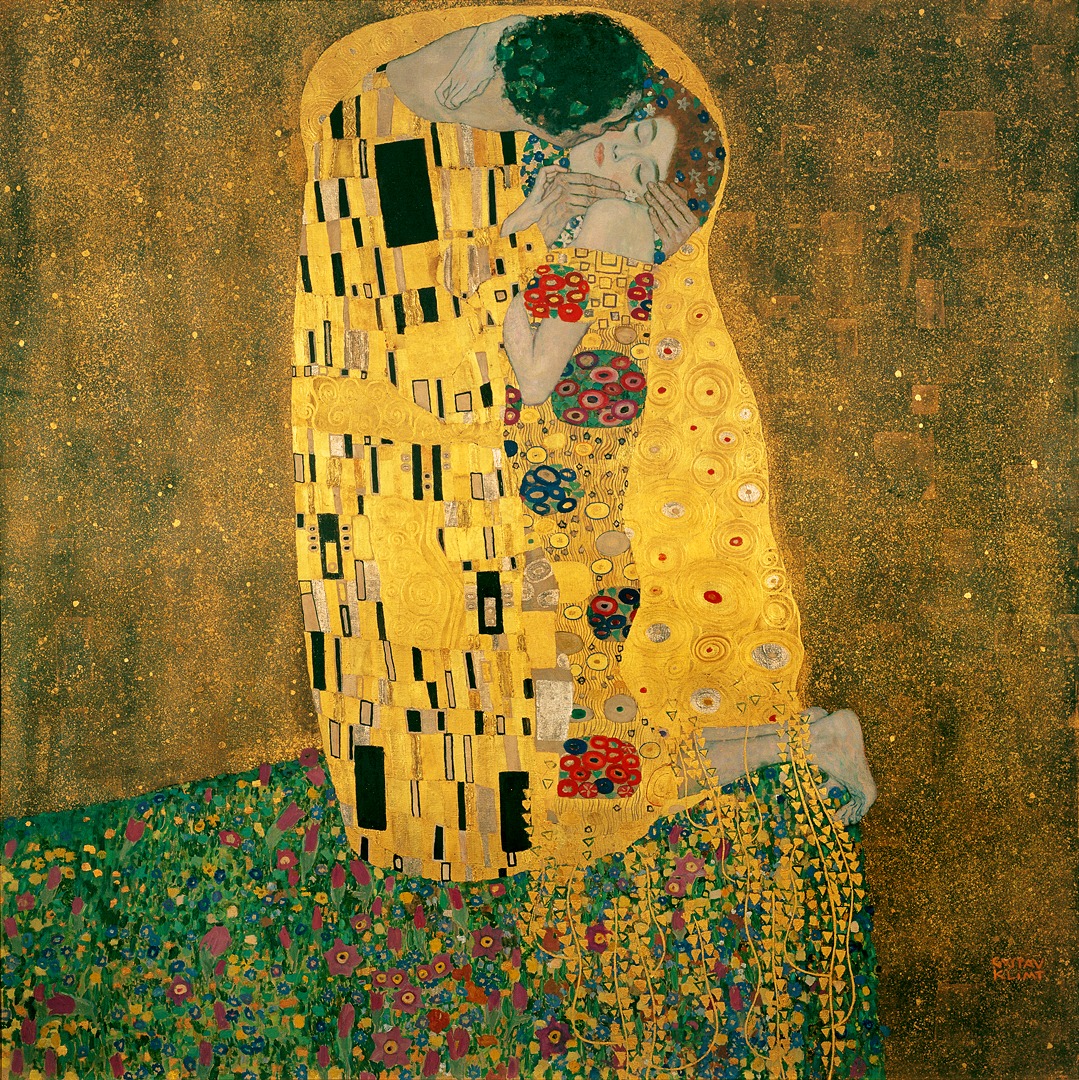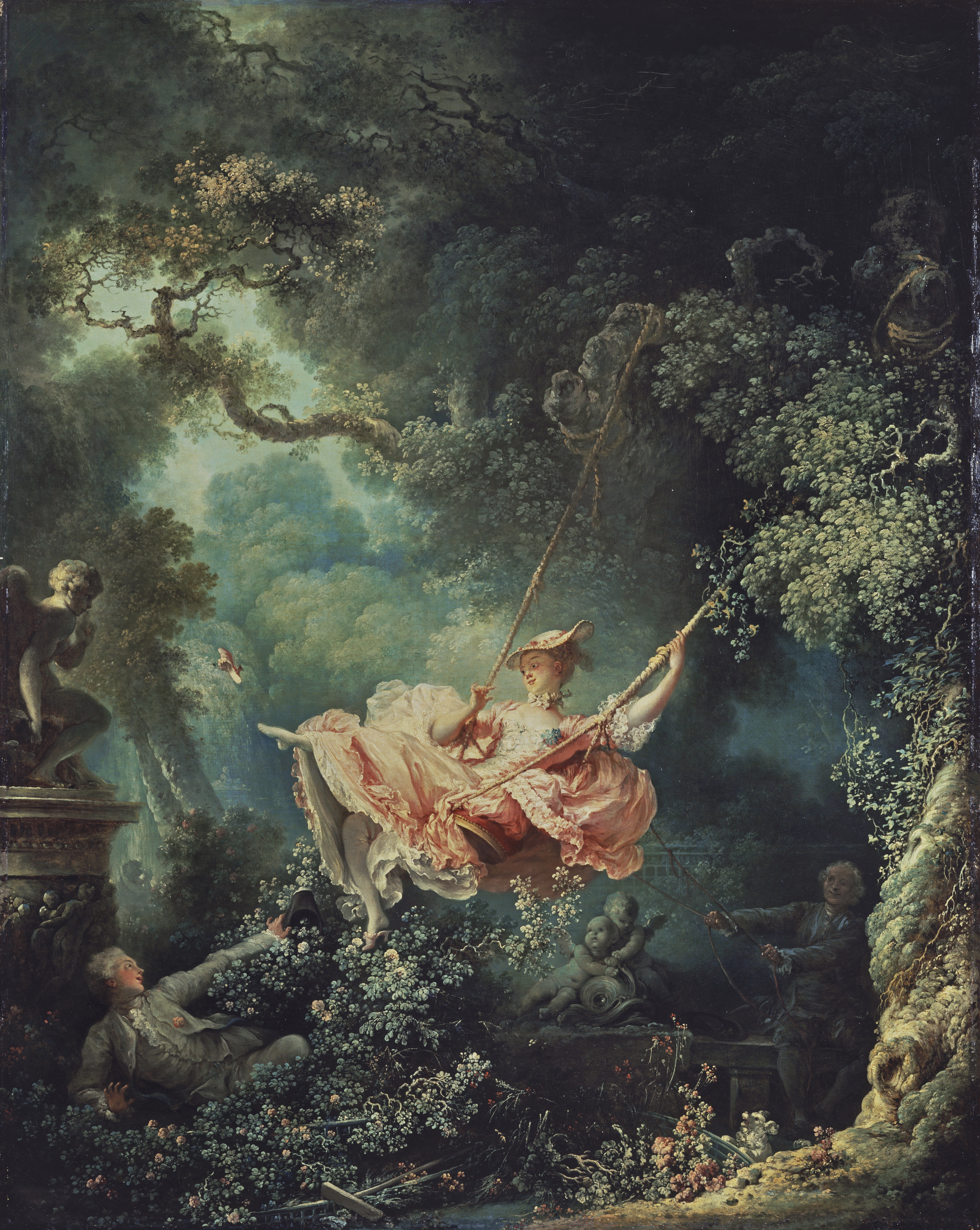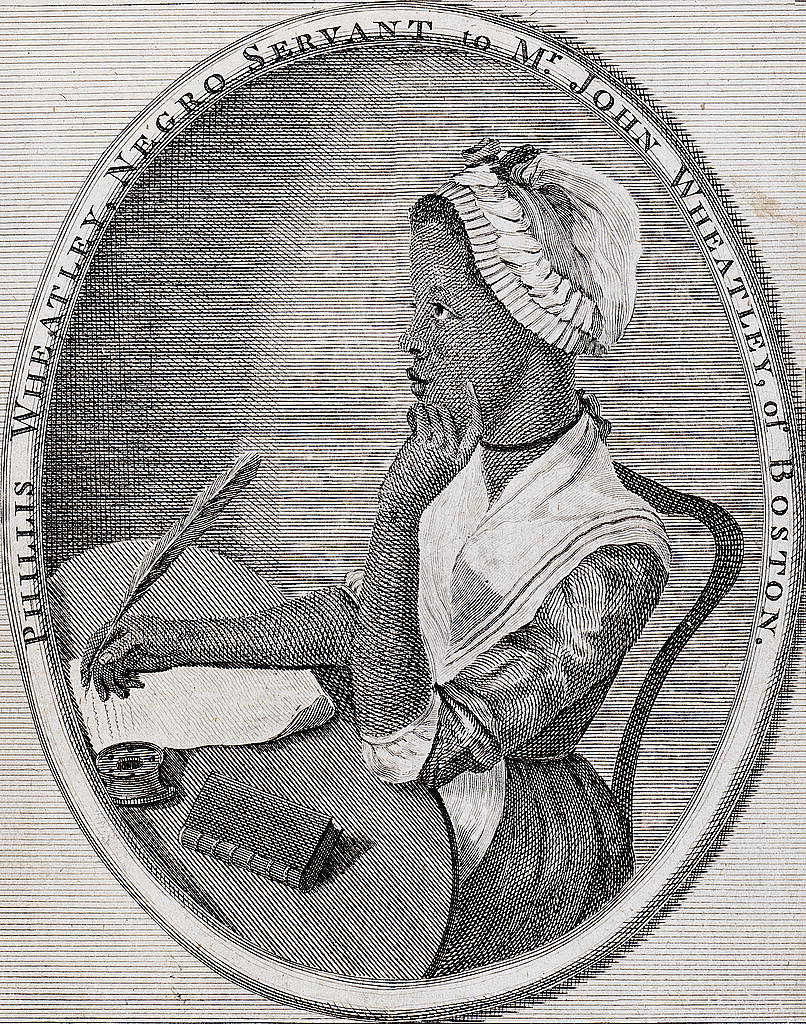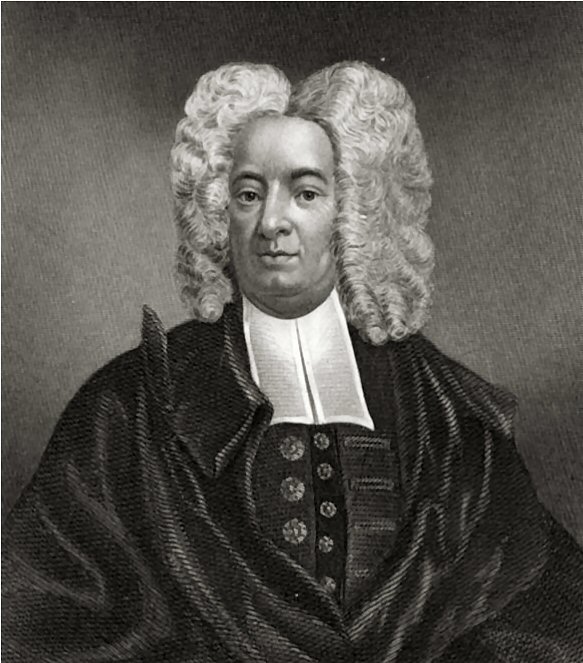
walden pond, from wikipedia
This week we're reading some of the most critically acclaimed and famous American authors of the nineteenth century, and arguably of all American literary history. These writers are considered ground breaking, as well as key members of the American Renaissance because they established distinct American literary and philosophical traditions rooted in individual experience and a kind of Idealism. The Transcendentalist writers not only created philosophical, political prose pieces but also poetry and first person non-fiction narratives.
For an extended discussion of Transcendentalism, see the Stanford Encyclopedia of Philosophy. PBS includes a less technical discussion of Transcendentalism here.
Emerson's landmark essay Nature, first published in 1833, is a challenging read. For help understanding his philosophical musings on the relationship between humans and Nature, check out the Cliff Notes.
You can also check out Professor Eric Steinhart's commentary on the text; he looks at specific sections of Nature through a philosophical approach.
Emerson famously stated in an 1841 speech that transcendentalism "is Idealism," as it was defined at the time. How do we define Idealism today? Can we trace our understanding and definitions of Idealism back to Emerson?





